Search the Special Collections and Archives Portal
Search Results
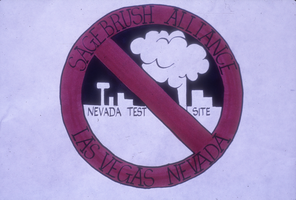
Nevada Test Site protest sign: photographic slide
Date
Archival Collection
Description
From the Sister Klaryta Antoszewska Photograph Collection (PH-00352). Written on sign: "Sagebrush Alliance Las Vegas Nevada".
Image
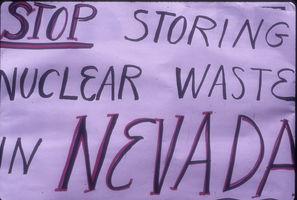
Nevada Test Site protest sign: photographic slide
Date
Archival Collection
Description
From the Sister Klaryta Antoszewska Photograph Collection (PH-00352). Written on sign: "Stop storing nuclear waste in Nevada".
Image
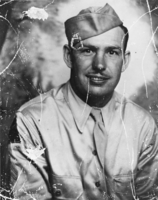
Sam Colvin in military uniform during World War II: photographic print
Date
Archival Collection
Description
From the Nye County, Nevada Photograph Collection (PH-00221) -- Series VII. Other areas in Nye County -- Subseries VII.K. Miscellaneous. Sam Colvin in military uniform during World War II (1939-1945), location unknown.
Image
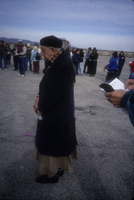
Dom Hélder Câmara and unidentified protestors at the Nevada Test Site: photographic slide
Date
Archival Collection
Description
From the Sister Klaryta Antoszewska Photograph Collection (PH-00352). Dom Hélder Câmara was the Archbishop of Brazil.
Image
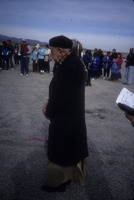
Dom Hélder Câmara and unidentified protestors at the Nevada Test Site: photographic slide
Date
Archival Collection
Description
From the Sister Klaryta Antoszewska Photograph Collection (PH-00352). Dom Hélder Câmara was the Archbishop of Brazil.
Image
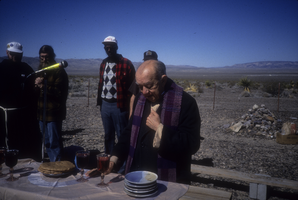
Dom Hélder Câmara and unidentified protestors at the Nevada Test Site: photographic slide
Date
Archival Collection
Description
From the Sister Klaryta Antoszewska Photograph Collection (PH-00352). Dom Hélder Câmara was the Archbishop of Brazil.
Image
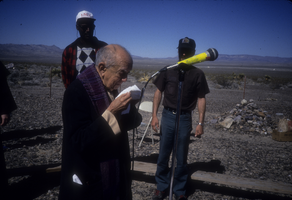
Dom Hélder Câmara and unidentified protestors at the Nevada Test Site: photographic slide
Date
Archival Collection
Description
From the Sister Klaryta Antoszewska Photograph Collection (PH-00352). Dom Hélder Câmara was the Archbishop of Brazil.
Image
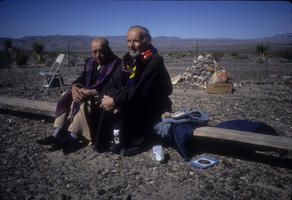
Dom Hélder Câmara and Louis Vitale (identified from left to right) at the Nevada Test Site: photographic slide
Date
Archival Collection
Description
From the Sister Klaryta Antoszewska Photograph Collection (PH-00352). Dom Hélder Câmara was the Archbishop of Brazil. Louis Vitale was a member of the Order of Firars Minor (O.F.M.).
Image
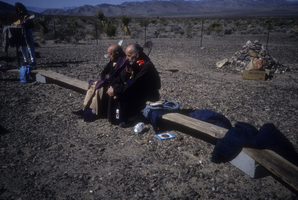
Dom Hélder Câmara and Louis Vitale (identified from left to right) at the Nevada Test Site: photographic slide
Date
Archival Collection
Description
From the Sister Klaryta Antoszewska Photograph Collection (PH-00352). Dom Hélder Câmara was the Archbishop of Brazil. Louis Vitale was a member of the Order of Firars Minor (O.F.M.).
Image
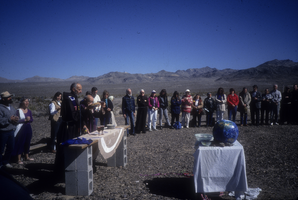
Louis Vitale, Dom Hélder Câmara, and numerous unidentified protestors at the Nevada Test Site: photographic slide
Date
Archival Collection
Description
From the Sister Klaryta Antoszewska Photograph Collection (PH-00352). Dom Hélder Câmara (behind the right side of the altar) was the Archbishop of Brazil. Louis Vitale (behind the left side of the altar) was a member of the Order of Friars Minor (O.F.M.).
Image
